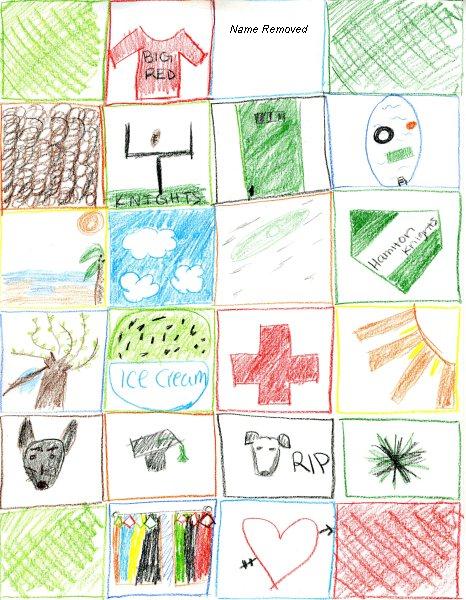
As a graduate of the Colgate teacher education program,
...I am committed to the principles of social justice.
I believe passionately in integrating social justice into my Social Studies classroom. This commitment is shown both in my Philosophy of Education and practical work within the classroom. Please find examples of this by clicking on the link above and exploring the rest of this page.
As a Colgate student, a great deal of my personal study has been devoted to questions about social justice. Shortly after my graduation in May 2008, I went to Western Australia on an Extended Study trip with Professor Ellen Kraly to study Australia's Stolen Generation and work with members of the Noongar tribe. While this topic first came to my attention during our Core Distinction course in Fall 2007, I wanted to share this story with my students. I designed and implemented a case study lesson on the Stolen Generation and Australian Aboriginal policy for elective Sociology. Students read first hand accounts from Noongar elders, watched part of Rabbit-Proof Fence and created their own art pieces based on the idea of showing important aspects of life in art, as illustrated by Noongar artists. Click here to view my Stolen Generation lesson plan or on the picture below to see the student artwork.
Within my U.S. History course, I found our unit on the 1920s to be the perfect place to integrate social justice principles. I taught the rise of the KKK in juxtaposition to the Harlem Renaissance, illustrating the conflicting views of the country during the time period. After examining primary source documents illustrating the hatefulness of the KKK, I read Langston Hughes' "I, too, Sing America" to the class and asked them to write their own poems about some form of oppression that they have faced in their lives. While many students felt held back because of their age, others wrote about internal oppression and athletic prowess. Click here for my lesson plan on the rise of the KKK and the Harlem Renaissance and on the poem below for examples of student poems.
Though I committed to social justice, this is still something about which I have been thinking and struggling.
On Wednesday, March 5 I wrote in my journal:
[Today] was kind of a let down, especially following Mondayís lesson about the multitudes of gender. I started class by reviewing that chart which was really helpful and brought everyone back together. From there, I wanted to talk about how language is used to discuss different topics relating to gender stratification. This was intended to help them in their assessment on Friday (which I introduced at the end of class), but it didnít go as easily as Iíd hoped. I asked three students to write on the board Ė one listed a topic in the middle and then the other two listed the pro and con side of the issue. So for example, gay marriage was one issue; the pro side included that no one should be denied the right to marry, while the con side listed marriage as something between a man and a woman. The format of this was challenging, even for me, though. I didnít want to push my views on my students and wanted to respect their views, but my phrasing clearly put me on one side of all of the issues. I tried pointing out pro and con as inherently biased terms, which I think some students understood, but overall it was a confusing class. They did, by the end, understand some of the issues a little better and were able to pull information from themselves, but yeesh! Iím glad itís over!
For other examples of my work with social justice principles, please explore the links to assorted lesson plans, PowerPoints and papers below.
Women in Sports lesson plan and Gender Realities PowerPoint
"The Troubles" in Northern Ireland PowerPoint